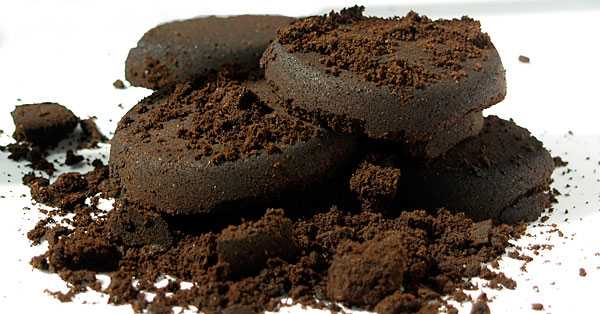Here’s another reason to enjoy that morning coffee: the used grounds can be used in road-building materials. Engineers from China, Thailand and Australia developed an environmentally friendly recipe suitable for road construction using coffee grounds collected from cafes and blast furnace slag from iron production.
“This new material, derived from major sources of waste products, would significantly reduce landfill demand and carbon footprint,” says Arul Arulrajah from Australia’s Swinburne University and co-author of the study.
It’s no wonder coffee grounds are an attractive target for scientists keen to develop “green” construction materials, which are usually made of matter destined for landfill. In 2008, more than seven million tonnes of coffee grounds were produced with most going straight in the bin.
So Arulrajah and his team collected used coffee grounds from cafes in Melbourne, Australia, mixed them up with various ratios of slag, compressed their concoctions into blocks and tested them in a special pressurised cylinder to find their buckling point.
For subgrades – the foundation material underneath road pavement layers – 70% coffee grounds and 30% slag, mixed with a solution of 70% sodium silicate and 30% sodium hydroxide, produced the strongest product, comparable to common cement, with relatively low alkaline levels and almost no carbon emissions.
They also tested ratios incorporating fly ash, a byproduct from coal-fired power plants, but those mixtures weren’t as strong.
While they’ve “ticked off the strength requirements”, Arulrajah says, there’s still work to do on the mix before it’s rolled out, such as seeing how it fares long-term under the pressure of traffic.
But, he adds, if all the coffee grounds in Melbourne were incorporated in his mix, he estimates “up to five kilometres of roads can be constructed per year”.
The work was published in Construction and Building Materials.















